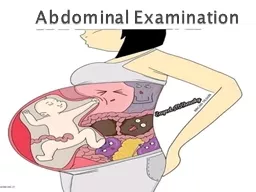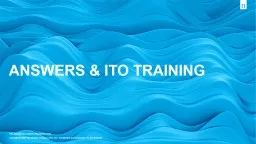PPT-Writing examination answers
Author : pasty-toler | Published Date : 2017-11-05
FMS MRes Dr Helen Webster Writing Development Centre Your questions On a postit note write down your question about writing for exams Todays session What exams
Presentation Embed Code
Download Presentation
Download Presentation The PPT/PDF document "Writing examination answers" is the property of its rightful owner. Permission is granted to download and print the materials on this website for personal, non-commercial use only, and to display it on your personal computer provided you do not modify the materials and that you retain all copyright notices contained in the materials. By downloading content from our website, you accept the terms of this agreement.
Writing examination answers: Transcript
Download Rules Of Document
"Writing examination answers"The content belongs to its owner. You may download and print it for personal use, without modification, and keep all copyright notices. By downloading, you agree to these terms.
Related Documents

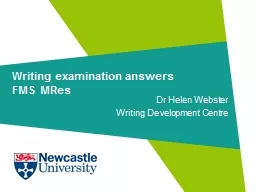
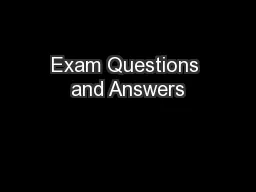

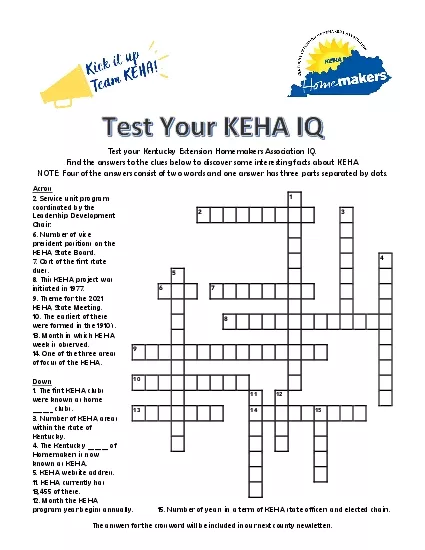
![[DOWNLOAD] - 180 Days of Writing for Sixth Grade - An Easy-to-Use Sixth Grade Writing](https://thumbs.docslides.com/901243/download-180-days-of-writing-for-sixth-grade-an-easy-to-use-sixth-grade-writing-workbook-to-practice-and-improve-writing-skills.jpg)
![[READ] - 180 Days of Writing for Fifth Grade - An Easy-to-Use Fifth Grade Writing Workbook](https://thumbs.docslides.com/901394/read-180-days-of-writing-for-fifth-grade-an-easy-to-use-fifth-grade-writing-workbook-to-practice-and-improve-writing-skills.jpg)
![[EPUB] - 180 Days of Writing for Second Grade - An Easy-to-Use Second Grade Writing Workbook](https://thumbs.docslides.com/901424/epub-180-days-of-writing-for-second-grade-an-easy-to-use-second-grade-writing-workbook-to-practice-and-improve-writing-skills.jpg)
![[DOWNLOAD] - 180 Days of Writing for Kindergarten - An Easy-to-Use Kindergarten Writing](https://thumbs.docslides.com/901444/download-180-days-of-writing-for-kindergarten-an-easy-to-use-kindergarten-writing-workbook-to-practice-and-improve-writing-skills.jpg)
![[EPUB] - 1,001 Questions & Answers for the CWI Exam: Welding Metallurgy and Visual Inspection](https://thumbs.docslides.com/902097/epub-1-001-questions-answers-for-the-cwi-exam-welding-metallurgy-and-visual-inspection-study-guide.jpg)
![[READ] - Graber and Wilbur\'s Family Medicine Examination and Board Review, Fifth Edition](https://thumbs.docslides.com/902723/read-graber-and-wilbur-s-family-medicine-examination-and-board-review-fifth-edition-family-practice-examination-and-board-rev.jpg)
![[READ] - The Essays of Lord Bacon: With Critical and Illustrative Notes, and an Example,](https://thumbs.docslides.com/906367/read-the-essays-of-lord-bacon-with-critical-and-illustrative-notes-and-an-example-with-answers-of-a-university-middle-class.jpg)
